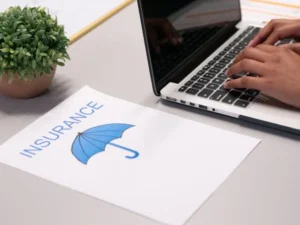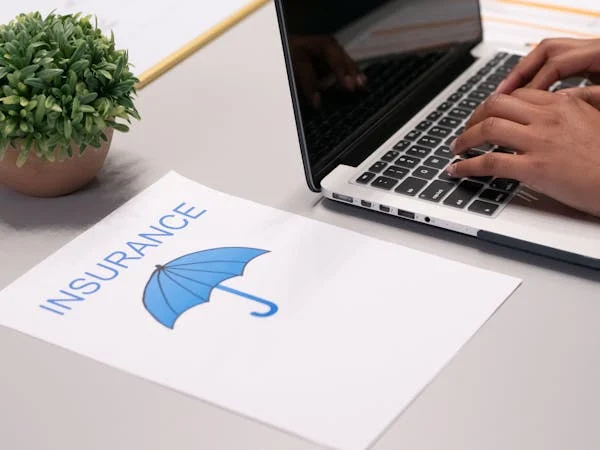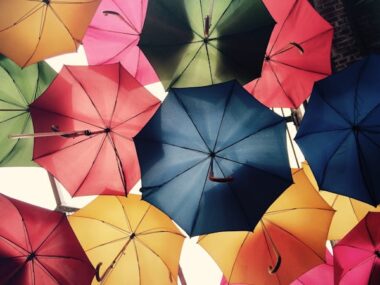
Natural disasters are unpredictable, and their effects can be devastating. When it comes to homeowners insurance, many people assume they are fully covered for any disaster that may strike their property. However, in reality, most standard homeowners insurance policies do not provide coverage for certain types of natural disasters. Understanding what is and isn’t covered by your policy can help you better prepare for unexpected events and avoid costly surprises. Here’s what you need to know about homeowners insurance coverage for natural disasters.
What Does Homeowners Insurance Typically Cover?
A standard homeowners insurance policy generally covers damage to your home and personal property caused by specific events, such as:
- Fire or smoke damage: Fires, whether caused by a lightning strike, electrical issue, or other sources, are typically covered.
- Windstorms and hail: Damage caused by strong winds or hailstorms, including roof damage or broken windows, is usually covered.
- Theft and vandalism: If someone breaks into your home or damages your property, you’ll generally be covered for repairs or replacements.
- Falling trees or debris: If a tree falls on your home due to a covered peril (like a storm), your policy should help cover the cost of removal and repairs.
However, when it comes to natural disasters, there are significant exclusions that homeowners need to be aware of.
Common Natural Disasters Not Covered by Standard Policies
Most standard homeowners insurance policies do not automatically cover damage caused by certain natural disasters. You may need to purchase additional coverage or separate policies to be fully protected.
1. Floods
Flooding is one of the most common and most devastating natural disasters, but it’s generally not covered under a standard homeowners insurance policy.
- Why It’s Not Covered: Flood damage is excluded because floods are seen as a high-risk peril that can affect large areas. Insurers prefer to offer flood coverage as a separate policy.
- What You Need to Do: If you live in a flood-prone area or are at risk of flooding, consider purchasing flood insurance through the National Flood Insurance Program (NFIP) or private insurers.
Tip: Even if you’re not in a high-risk flood zone, flooding can still occur unexpectedly. Flood insurance is worth considering, as it can save you from a financial catastrophe.
2. Earthquakes
Earthquakes are another natural disaster that is not covered by standard homeowners insurance policies.
- Why It’s Not Covered: Earthquakes can cause significant and widespread damage, and the cost of repairing structural damage can be high. Insurers typically offer earthquake coverage as an optional add-on.
- What You Need to Do: If you live in an area prone to earthquakes, you can purchase earthquake insurance through your existing insurer or through a specialized provider. This coverage will typically include repairs to your home’s structure and personal property loss.
Tip: Earthquake insurance is especially important if you live in a region near tectonic plate boundaries, such as California, Alaska, or parts of the Pacific Northwest.
3. Landslides and Mudslides
Like earthquakes, landslides and mudslides are not typically covered by a standard homeowners policy.
- Why They’re Not Covered: Landslides and mudslides are often considered a result of extreme weather conditions, and their frequency can make them difficult for insurers to manage.
- What You Need to Do: If your home is in an area that experiences landslides or mudslides, you may need to purchase additional coverage through a specialty insurer or your local government.
Tip: In some cases, local governments may offer disaster relief assistance in the form of grants or loans if a landslide or mudslide damages your property, but this assistance may not cover the full cost of repairs.
4. Hurricanes (Wind vs. Flood) While damage caused by high winds from a hurricane is typically covered by homeowners insurance, flooding caused by the storm is not.
- Wind Damage: Damage from wind, including broken windows, roofs, and structures, is usually covered.
- Flood Damage: Flooding caused by a hurricane or any other heavy rainfall or storm surge is excluded from a standard policy.
What You Need to Do: If you live in an area susceptible to hurricanes, it’s essential to consider flood insurance in addition to your standard homeowners insurance. This will ensure you’re covered for both wind and flood damage.
Tip: Many insurers offer separate hurricane or windstorm policies that can help cover wind damage from storms in addition to your standard homeowners coverage.
What Is Covered for Natural Disasters?
While natural disasters like floods, earthquakes, and hurricanes are typically excluded from standard coverage, there are some forms of protection available within your policy:
- Loss of Use Coverage: If your home is severely damaged and uninhabitable due to a natural disaster, your homeowners policy may cover additional living expenses (like rent or hotel bills) while your home is being repaired.
- Additional Living Expenses (ALE): This benefit helps pay for the costs of living elsewhere temporarily if your home is damaged by a covered disaster, such as a fire or windstorm.
Tip: Be sure to check your policy to see if ALE is included and understand the limits on the coverage.
How to Ensure You’re Properly Covered for Natural Disasters
To make sure you have the right coverage for natural disasters, here are some steps to take:
- Review Your Policy Annually: Be sure to regularly review your homeowners insurance policy to understand your coverage and exclusions. Policies can change, and you may need to add additional coverage based on changes in risk (such as buying a new home in a flood zone).
- Add Endorsements or Riders: Talk to your insurance agent about adding endorsements or riders to your policy for specific disasters like earthquakes or floods.
- Invest in Supplemental Policies: If you live in a high-risk area for a specific disaster, consider purchasing supplemental coverage for that risk, such as flood insurance or earthquake insurance.
- Disaster Preparedness: In addition to insurance, make sure you have an emergency plan in place. This includes creating a disaster kit, knowing evacuation routes, and securing important documents (including insurance policies).
Key Takeaways
- Flood and earthquake coverage are not included in standard homeowners policies, and you may need to purchase them separately.
- Wind damage from hurricanes is typically covered, but flooding caused by a hurricane is not, making flood insurance essential in hurricane-prone areas.
- Consider adding earthquake insurance if you live in a seismically active area or flood insurance if you live in a flood-prone region.
- Regularly review your homeowners policy and make necessary adjustments to ensure comprehensive coverage for potential natural disasters.
By understanding what your homeowners insurance does and doesn’t cover, you can take the necessary steps to protect your home from the unexpected. Make sure to work with your insurer to customize your policy, adding any necessary coverage to keep your home and belongings safe from nature’s most powerful forces.


